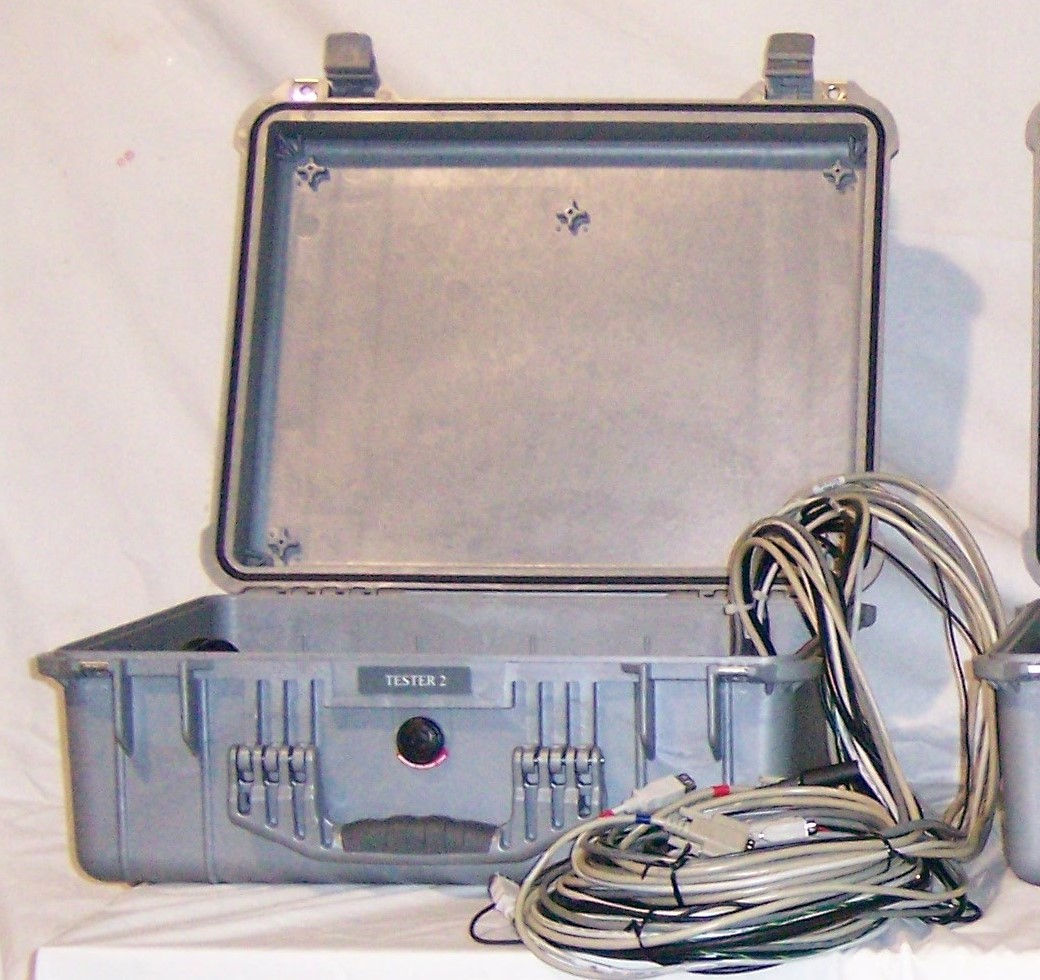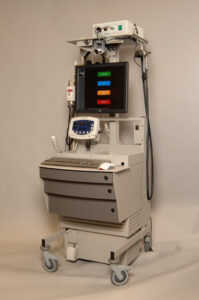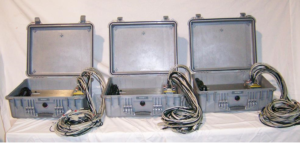
Industrial Product Development
Spotlight
Company: AFHCAN
Industry: Tele Medicine
HQ: Anchorage, Alaska
Webpage:
Client delivers healthcare to the Alaskan native people. The management team was looking for a way to stretch their funding to deliver healthcare to more people for less total investment. They turned to telemedicine to reduce cost and bring healthcare to remote areas of Alaska.

Product/Project Highlights
Cable Test System
Client: AFHCAN
- Used to verify cable harnesses are functional on the Telemedicine Cart product
- LEDs on the control panel indicate good or fault condition
- Transportable style allows field or manufacturing facility use
- Solid coordinated Concept through engineering, assembly/testing, and making the Cable Test Systems
- Four Cable Harness Test Systems were made for use by our Client and by Solid


Situation:
When the Telemedicine Cart System was designed there were several long cable assembly harnesses that provided connection between all of the healthcare diagnostic subsystems. A way was needed to confirm that all the Cable Assemblies were fully functional after these were installed. Not knowing the root cause of communication failures between the subsystems of the Telemedicine Cart System could cause significant amounts of time to be spent on diagnosing the problem. A second application was being able to diagnose communication issues in the field, which could be a very remote area of Alaska. Being able to fly a Cable Harness Test System into the field to diagnose the system performance issue was highly preferred over shipping the Telemedice Cart System back to Anchorage, Alaska.
Cable Test System
Client: AFHCAN
Process:
Solid participated from the beginning through build and test. Involvement included conceptual layout development, mechanical and electrical engineering, machining, assembly and testing.
Solution:
The Cable Test System came to life to initially support production of the Telemedicine Cart System. Solid conducted validation testing to confirm that the assemblies tested with the fixture meet the performance requirements. Four of the fixtures were created. Involvement with this test system continued throughout production of the Telehealth Cart System
